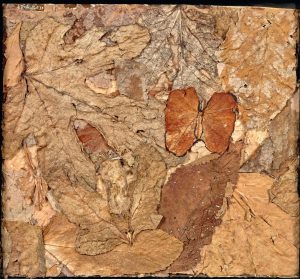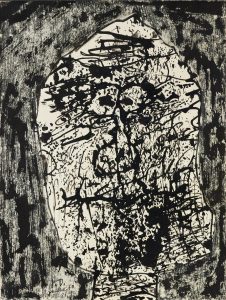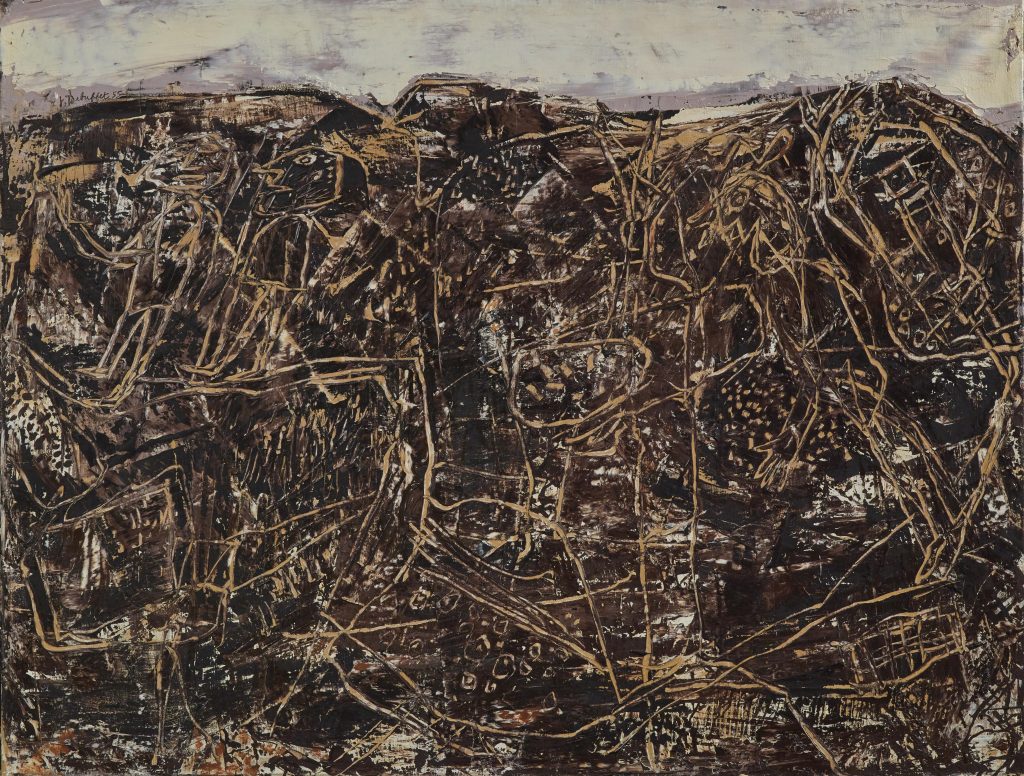
RAW AND WILD
Jean Dubuffet coined the term Art Brut and created an entire art movement far removed from any ideal of beauty. Dubuffet, inspired by the language of children and psychiatric patients, pursued an art that was raw, unadulterated and direct. Three examples of this can be seen at Dorotheum’s auction of Modern and Contemporary Art in June.
Jean Dubuffet was born in Le Havre in 1901 and went on to become a wine dealer before transforming himself into an artist. Moving to Paris
and making the acquaintance of Suzanne Valadon and Fernand Léger stimulated in him an interest, from the early 1920s on, in primordial, unconstrained forms of expression such as the language of children, primitive peoples or psychiatric patients.
Many years later, this interest would bring him to create a new graphic code which takes from these forms of communication the concept of iconographic expressionism devoid of rational conditioning.
Art Brut
The term Art Brut (lit. “raw art”), coined by the artist in 1945, evokes the concept of art that is far beyond traditional ideals of beauty. It is a type of art which, rather than being an aesthetic quest, is an anthropological quest. The artist’s task is to free in the creative process the intrinsic expressive qualities of the materials employed – humble materials that are similarly disdained as the social groups whose languages Dubuffet reinterprets.


Rough material
Material is thus the indisputable protagonist of Dubuffet’s work – rough and brutal material that often exceeds the limits of the canvas and appears almost sculptural. The density typical of the artist’s work is the result of a pictorial technique that employs spatulas and instruments that cut or model the colour mixture on the canvas in a continuous process of addition and subtraction. Dubuffet’s figures carved into the matter on the canvas are only roughly sketched, and often merge with the background, creating grotesque forms or shapes which evoke incompleteness.

Figuration und abstraction
In „Bon Espoir (Paysage avec personnage)“ , Dubuffet vacillates between abstraction and figuration. A figurative rendering bereft of detail also characterises the drawing „Tête“ where the face depicted is simplified, barely sketched. The subject is Everyman, whose anthropological investigation is at the core of Art Brut and Dubuffet’s artistic experimentation.
In the “Matériologies” series, of which „Buisson au papillon“ is an example, Dubuffet places the emphasis on the materials used, as Giorgio Celli explains: botanical elements applied to the canvas celebrate the organic world as a “place where everything is possible, where one gathers a dry leaf which is a camouflaged butterfly, where one believes oneself to be touching a dolmen which is in fact a termite mound. The fantastic is found in our garden.”
AUCTION
Post-War and Contemporary Art I
Wednesday, 5 June 2019, 5 pm
Post-War and Contemporary Art II
Thursday, 6 June 2019, 4 pm
Exhibition starts 25 May 2019
Mon – Fri 10 am – 6 pm, Sat 9 am – 5 pm
Sunday 26 May, Thursday 30 May and Sunday 2 June 2 – 5 pm

